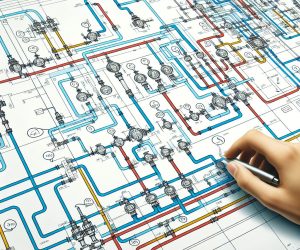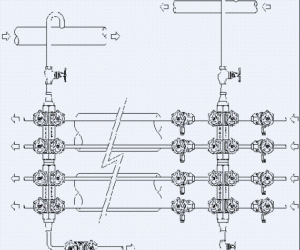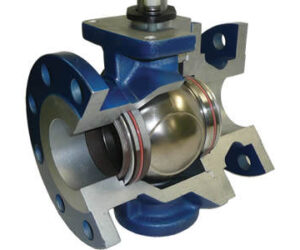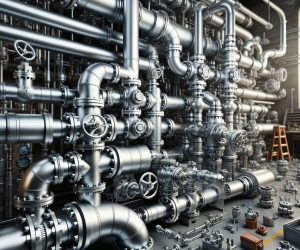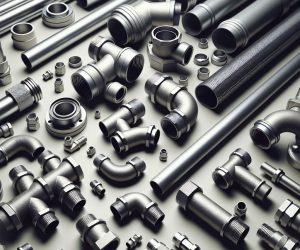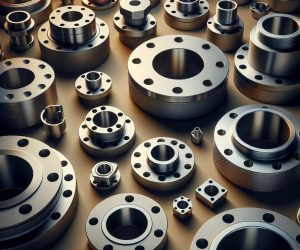This document is intended to provide various members of the Piping Department with suggestions of what to look for and what questions to ask during a P&ID (Piping and Instrument Diagram) Review.
Tracing (commonly referred to as “Heat Tracing”) is one of the most maligned and misunderstood activities the piping designer is asked or required to perform. Many pipers consider it to be “scutwork” and either refuse to do it or grumble as they put forth a less than their best effort.
A valve is a mechanical device that regulates the flow of fluids (either gases, fluidised solids, slurries or liquids) by opening, closing, or partially obstructing various passageways. Valves are used in a myriad of industrial, military, commercial, and residential applications.
Pipe is a hollow “tube” used for conveying products and pressure. The products include fluids, gas, slurry, powders, pellets and more. The pressure is hydraulic power. We usually designate the “tube” as pipe in the applicable line class but the definition includes any similar component designed as tubing, which is used for the same application. […]
Definition: A fitting is a pipe item used for changing direction, branching or attaching in a piping system. There are many different types of fittings and they are produced in all the same sizes and weights (schedules) as the pipe. Fittings are commonly segregated into three groups; Butt-weld, Socket-weld and Screwed. Only the most common […]

